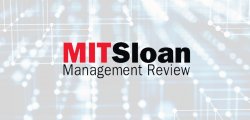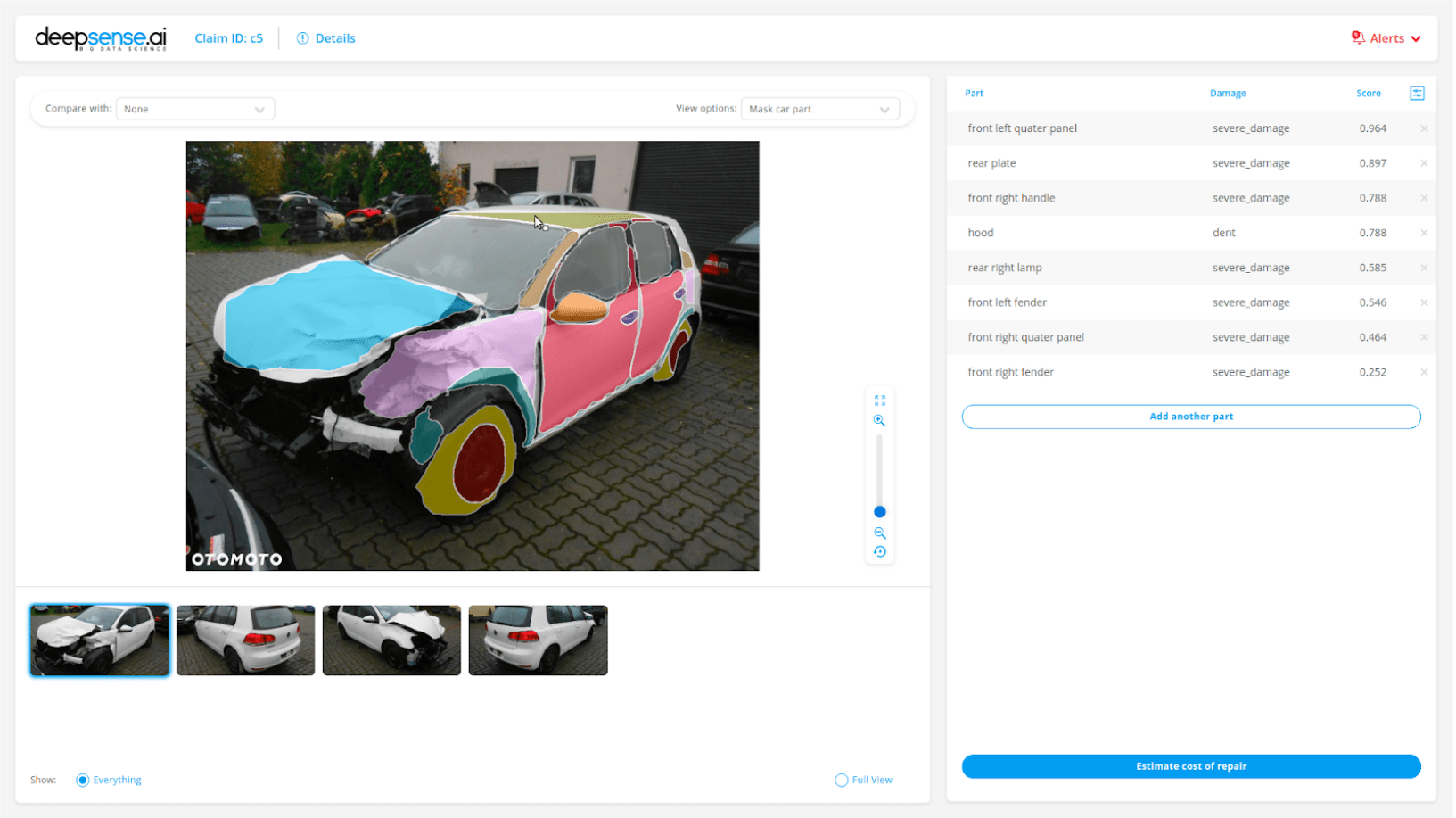AI Trends about successful enterprise AI implementation'>deepsense.ai for AI Trends about successful enterprise AI implementation
There is no question that the enterprises that successfully leverage AI’s potential will be the ones to get ahead. While businesses are more and more certain about the goals they want to use AI for, how to execute and deploy it successfully remains a difficult question.
Enterprise AI – evolution not revolution
In today’s world, the dynamics and efficiency of operations are crucial factors, and data is the key to flourishing in the rapidly changing business reality. Data provides insights from various areas of business activity. Solutions based on artificial intelligence or machine learning not only support the analysis of huge amounts of data, but also provide a new approach to optimizing and automating core processes. Enterprises across the full spectrum of industries can build competitive advantage based on AI. Such a strategy need not come down to one-off AI implementations. Rather the most successful will take a holistic approach to treating data and high-end technologies as core organizational assets. From this perspective, enterprise AI can be considered as the next, natural stage in the digital transformation of enterprises.
New approach to AI team augmentation
Many companies want to implement the enterprise AI approach, but don’t know how to go about it successfully. Companies complain that they don’t have the necessary in-house knowledge or skills, and building a team from scratch is too time-consuming and risky. In fact, the effective implementation of AI projects requires building interdisciplinary teams – ones that command extensive expertise in available technologies and approaches to data analysis, while at the same time possessing a thorough understanding of the business processes taking place in the enterprise. They must be able to recognize the factors that influence the core processes. As business challenges go, this one certainly qualifies as daunting.
The answer to such a challenge may be to combine in-house and outsourcing models. In one respect, an in-house team provides crucial know-how and knowledge about their company’s operations. The outsourcing partner, meanwhile, provides cutting-edge knowledge of AI technology and a flexible, innovative approach to realizing the use cases. Ultimately, the vendor’s team becomes an equal member of the client’s team. Such an approach seems to have a number of disadvantages, as the knowledge of core business processes somehow goes beyond the enterprise. However, the benefits of this approach far outweigh such disadvantages. It might go so far as to say that truly remarkable results are not possible without combining the in-house and outsourcing models. At least not without a great deal of time and much larger financial outlays. Cooperation with a reliable outsourcing partner ensures flexibility, cost control and it also brings a fresh perspective to the data being analyzed.
deepsense.ai’s holistic approach to enterprise AI transformation
The unique approach and work methodology developed by deepsense.ai maximizes synergy. Our cooperation with the in-house client team always begins with workshops that help map and understand the business needs. Joint ideation sessions define the main processes, data sources and use cases that can become part of the implementation. The deepsense.ai team then begins to review and analyze the data in close cooperation with the customer’s team on a daily basis. This model was implemented in cooperation with our client, the retail research leader Nielsen. Working alongside Nielsen’s experts across the globe maximized the synergy between our two companies. Together we developed an advanced AI solution to automate extraction of content images of varying lighting conditions, viewing angle and quality. After implementing the solution we conducted technical workshops for Nielsen’s team to transfer the know-how and code. We also provided assistance in cloud readiness and scaling.
Summary
The dynamic development of technology makes it difficult for companies whose core operations are not related with hi-end technology to keep up with the latest solutions. Close cooperation with a technology partner allows them to maximize the potential of state-of-the-art technologies and focus on the industry-related aspects of building competitive advantage.








